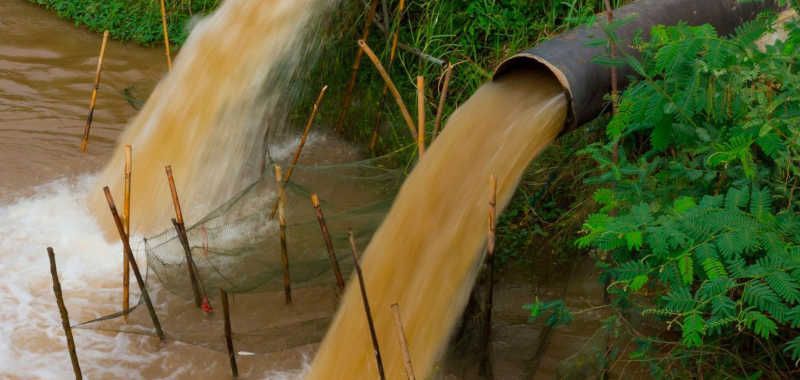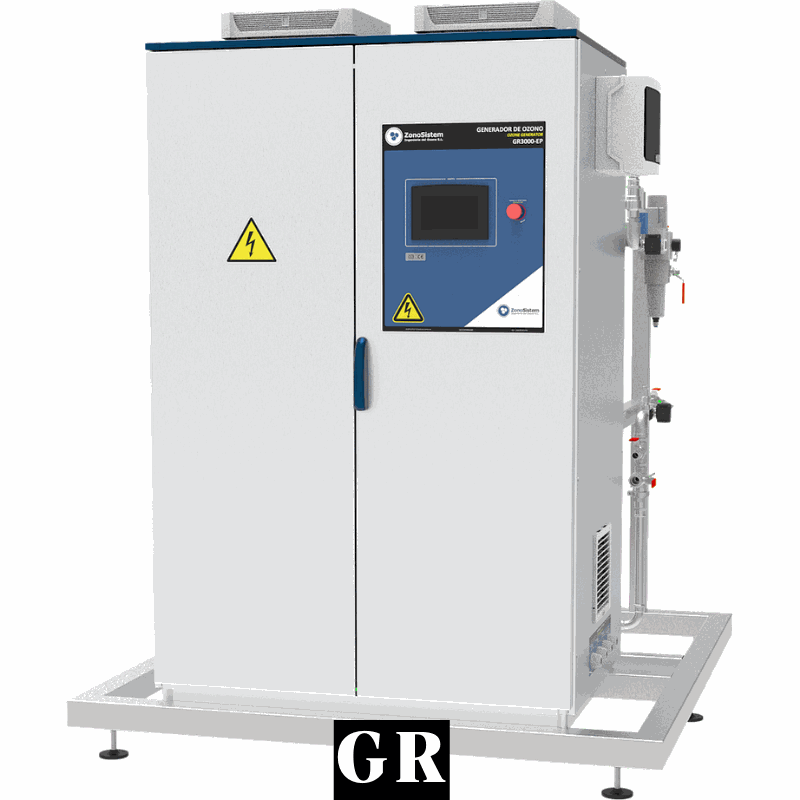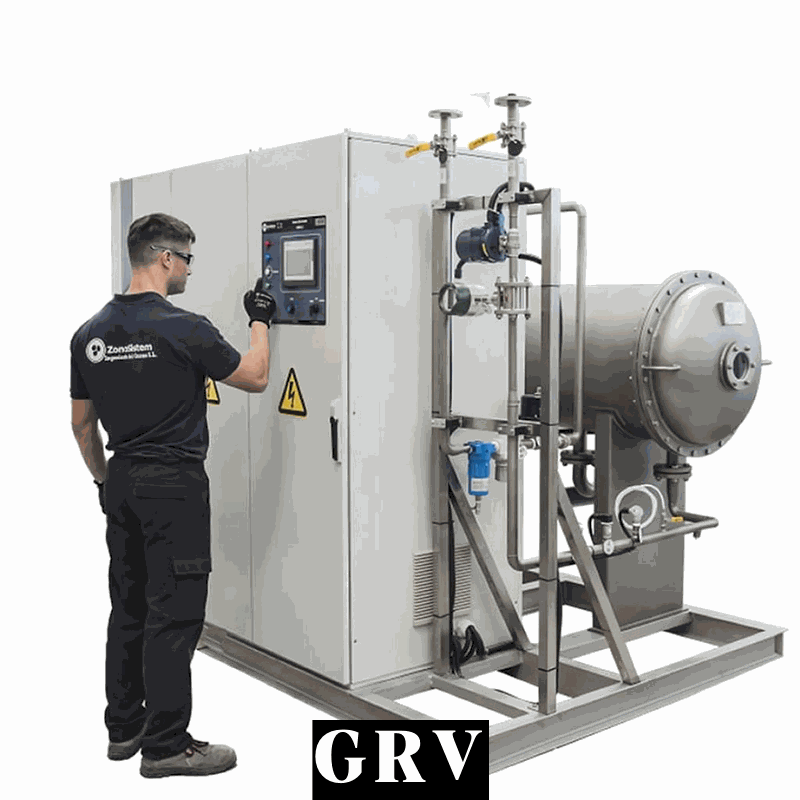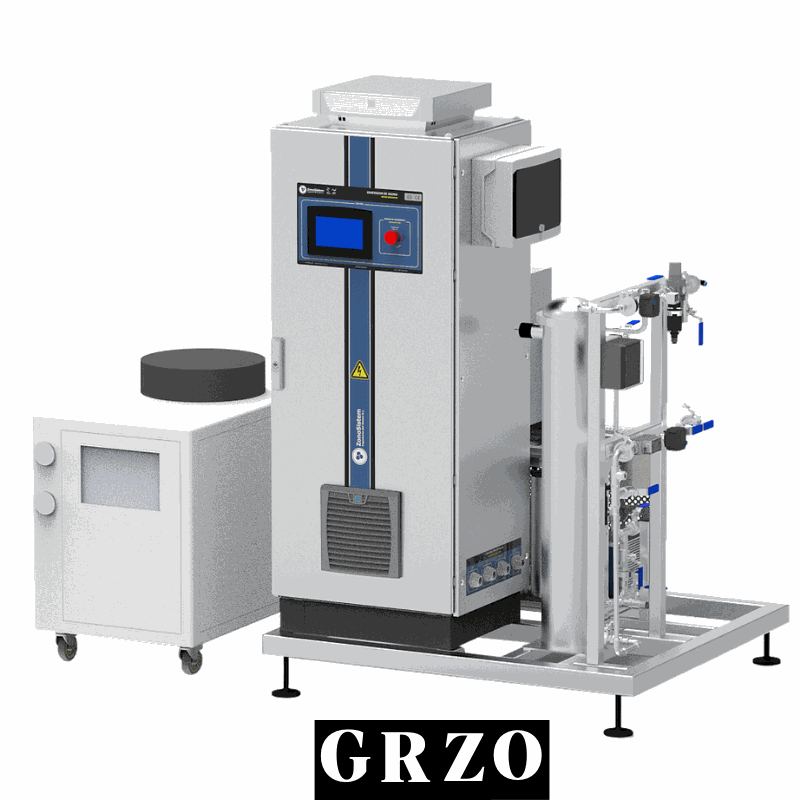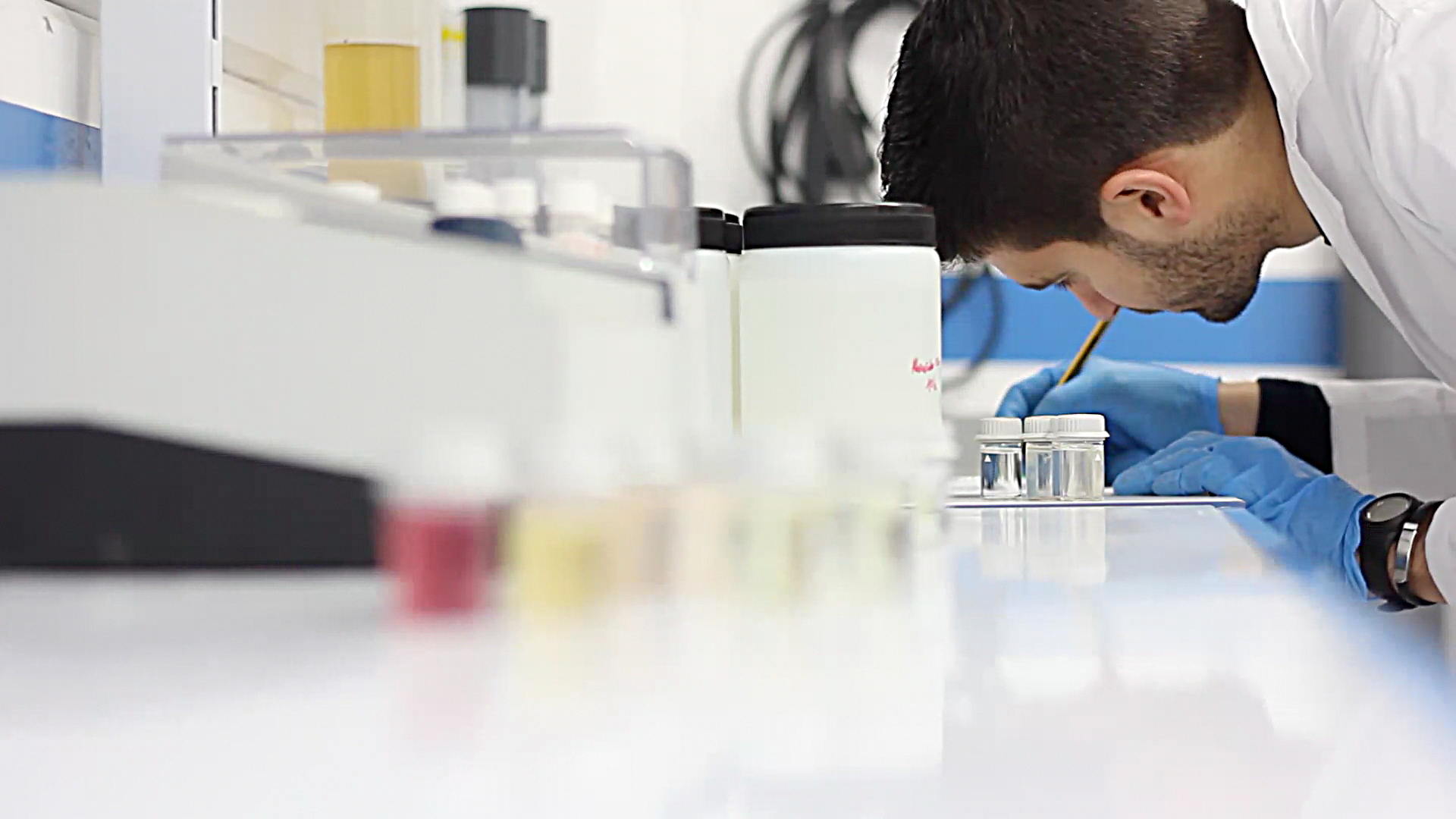Ozone in Urban WWTP
Ozone in Waste Water Treatment Station

Use of Ozone in Urban WWTP
Ozone is a well-established technology in Urban WWTPs. There are four main application stages:
Pre-oxidation of the flow before the biological stage, to improve the COD/BOD ratio.
Recirculated Sludge Treatment, to improve the sludge volumetric index.
Tertiary Treatment, for disinfection and reuse.
Quaternary Treatment, for the removal of emerging contaminants.
The powerful oxidation capacity of ozone makes it an excellent tool for working in any of these stages, as it has a direct benefit on COD, BOD, SS, SD, turbidity, color, odor, emerging contaminants, and, of course, microbiology.
Ozone is a simple and safe technique that achieves the most demanding results.
ZonoSistem provides detailed engineering consulting for project drafting, in addition to designing and manufacturing ozone generators for real-world applications.
IImprove the discharge parameters of your WWTP
and promotes the reuse of water
Avoid the use of chlorine and packaged chemicals
Ozone is generated on-site, eliminating the need to store or transport chemicals
Ozone leaves no residues, is environmentally friendly, and reduces the carbon footprint
The system is automated and does not require labor for application
Do you want to improve the performance of your Urban WWTP?
Ozone Phases in WWTP
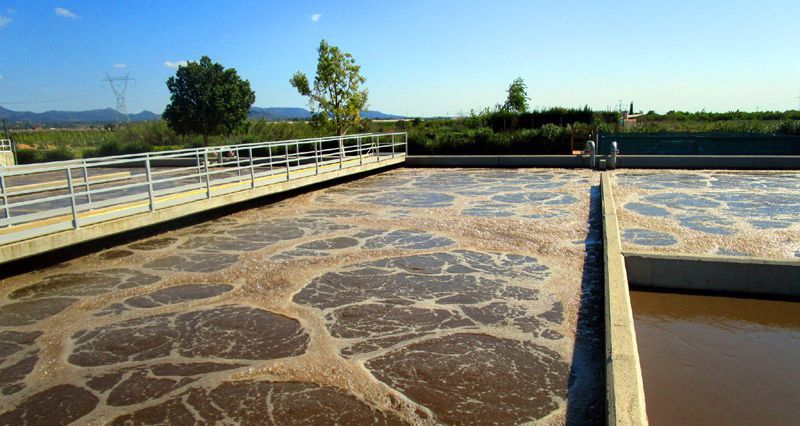
Pre-oxidation of the flow before the biological stage
The application of ozone prior to the biological reactor improves its performance. Ozone oxidizes detergents, polyphenols, and other compounds that affect the COD/BOD ratio. Additionally, O3 increases the dissolved oxygen rate. It is especially recommended for urban WWTPs as they receive industrial wastewater.
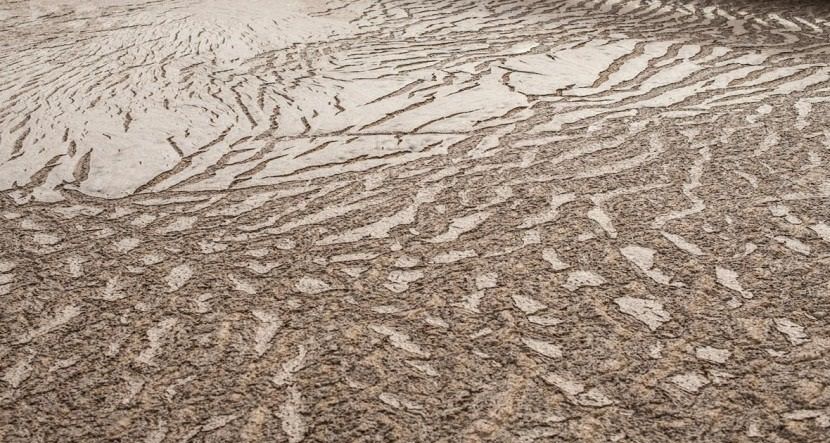
Recirculating Sludge Treatment
The application of ozone improves the sludge volumetric index, reducing Escherichia coli in suspended solids in the decanted effluent, volatile matter in mixed liquor, and overall reducing sludge and its management.
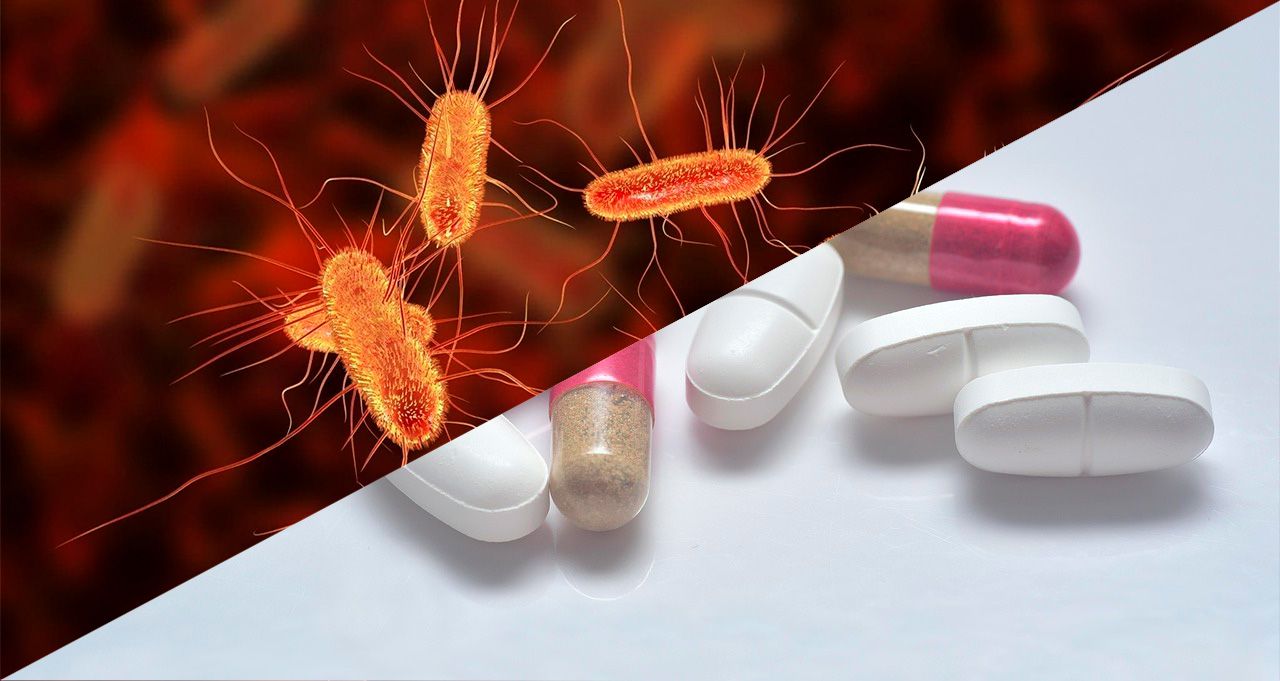
Tertiary and Quaternary Treatment
The application of ozone in Tertiary Treatment aims at water disinfection and reuse. On the other hand, ozone in Quaternary Treatment has the ability to eliminate emerging contaminants.
Advantages of Treating WWTP with Ozone
Without labor, automatic
The system generates ozone and injects it into the tank automatically, without the need to apply manual labor in the process. The equipment only needs to be connected to the tank to be treated and provide it with a point of light.
No chemical storage
Ozone cannot be transported or stored; it is generated on-site and applied instantly, eliminating the need for chemical storage and management, avoiding transportation, and reducing the carbon footprint.
Agent recognized by the ECHA
Ozone is listed as a biocide by the European Chemicals Agency, and ZonoSistem has all the necessary legal documentation for ozone application in your process.
Ranges of Ozone Generators Available for WWTPs
1. What is the difference between the ranges?
The GR and GRV ozone generator ranges are designed to be powered with LOX oxygen. They are industrial-grade, robust units with high ozone concentration, designed and manufactured with care to operate 24/7. The GR range covers up to 1 kg O₃/h, featuring ceramic dielectric technology, while the GRV range is intended for higher production, up to 40 kg O₃/h.
On the other hand, the GRZO range differs from the other two because it comes with an integrated compressor and oxygen concentrator, so it doesn't require LOX oxygen. It is an autonomous unit that only needs electricity. It is also an industrial-grade system with high performance and efficiency.
2. Which range do you recommend?
The first thing is to calculate the amount of ozone you need. If you need more than 1Kg or 3/h, you will have to select the GRV range. For productions less than 1KgO3/h, you have the GRZO version, with compressor and oxygen concentrator, and if you prefer to work with LOX oxygen supply, you have the GR range. I recommend using the GRZO range whenever possible, it is a bit more expensive but you avoid the costs of LOX oxygen.
3. How much ozone do I need?
A different amount of ozone is required for each stage in a WWTP. Generally, for pre-oxidation of the flow before the biological stage, ozone doses between 1 and 5 ppm are applied to the treated flow. In sludge treatment, doses range between 5 and 10 ppm, while for tertiary and quaternary treatment, ozone doses range between 8 and 10 ppm.
Example of Ozone Installations in WWTPs
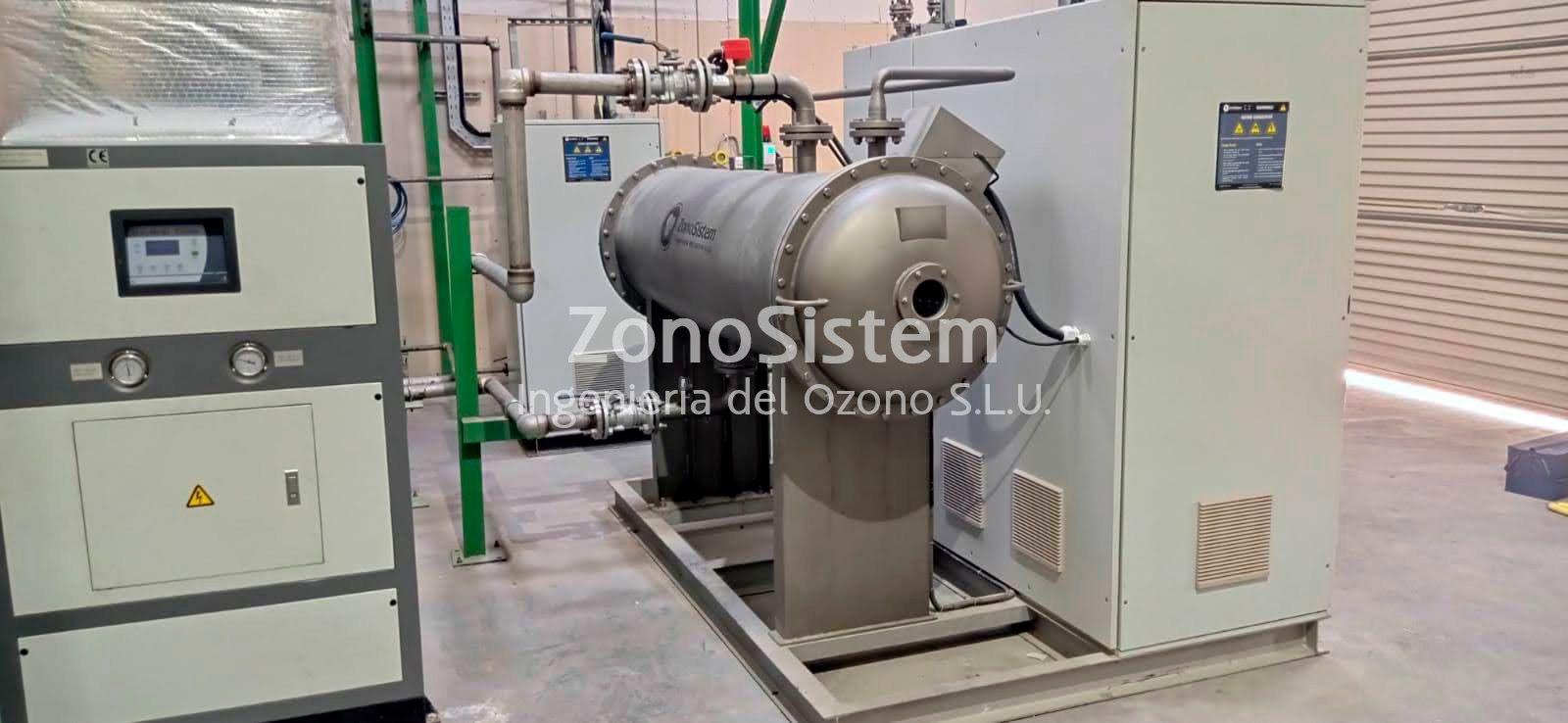
WWTP in Saudi Arabia.
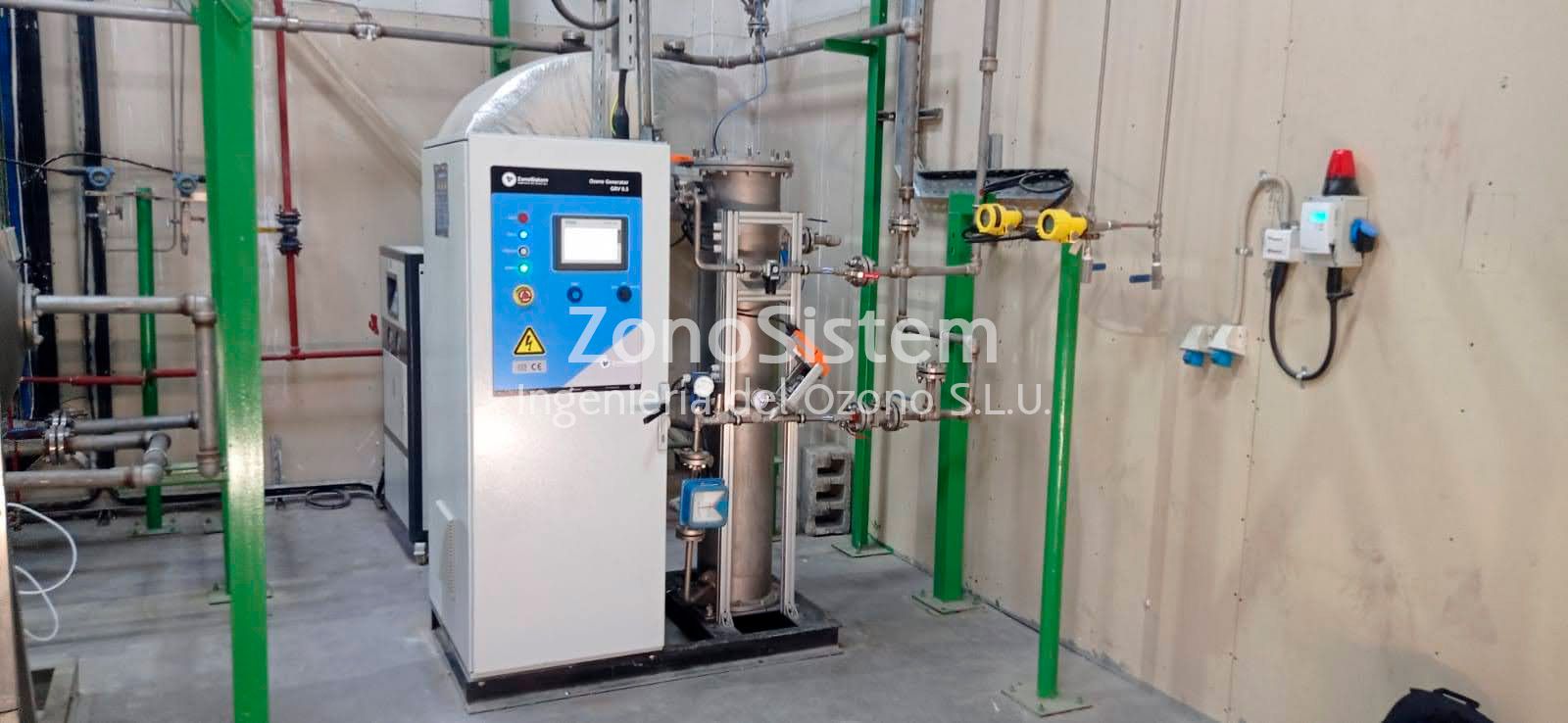
Urban WWTP in Morocco.
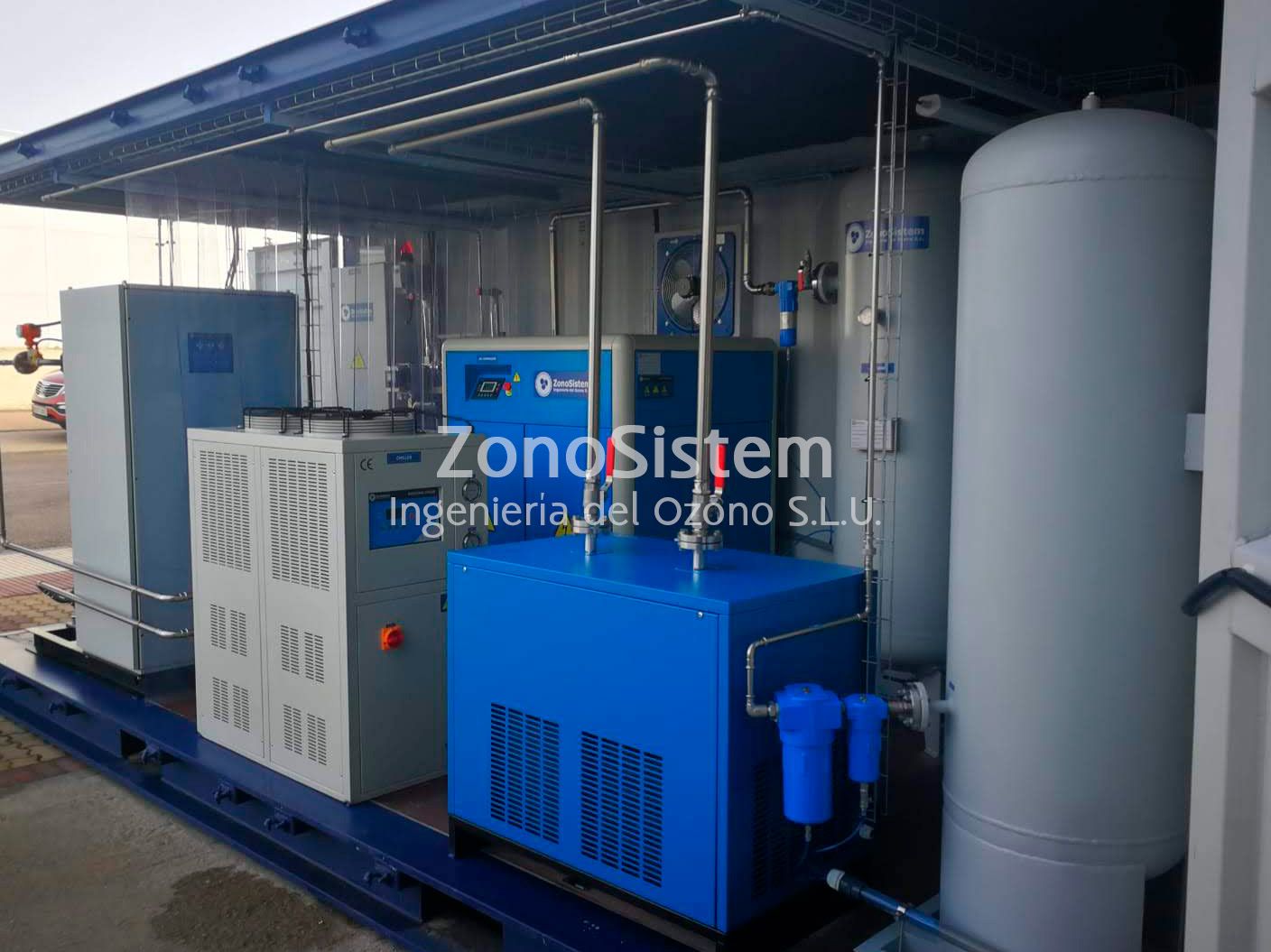
WWTP Pre-oxidation in Tenerife.
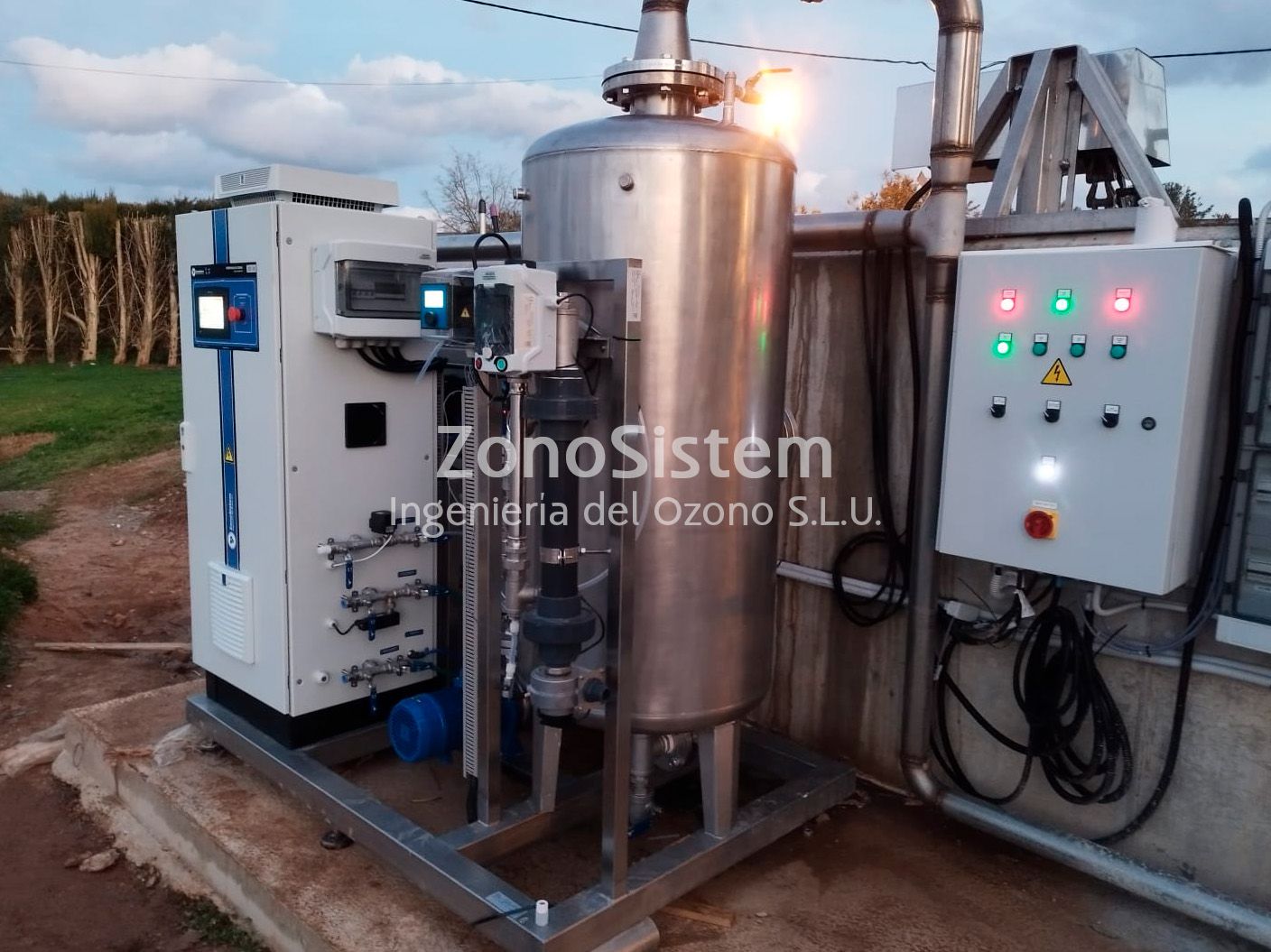
Tertiary WWTP in Manacor.
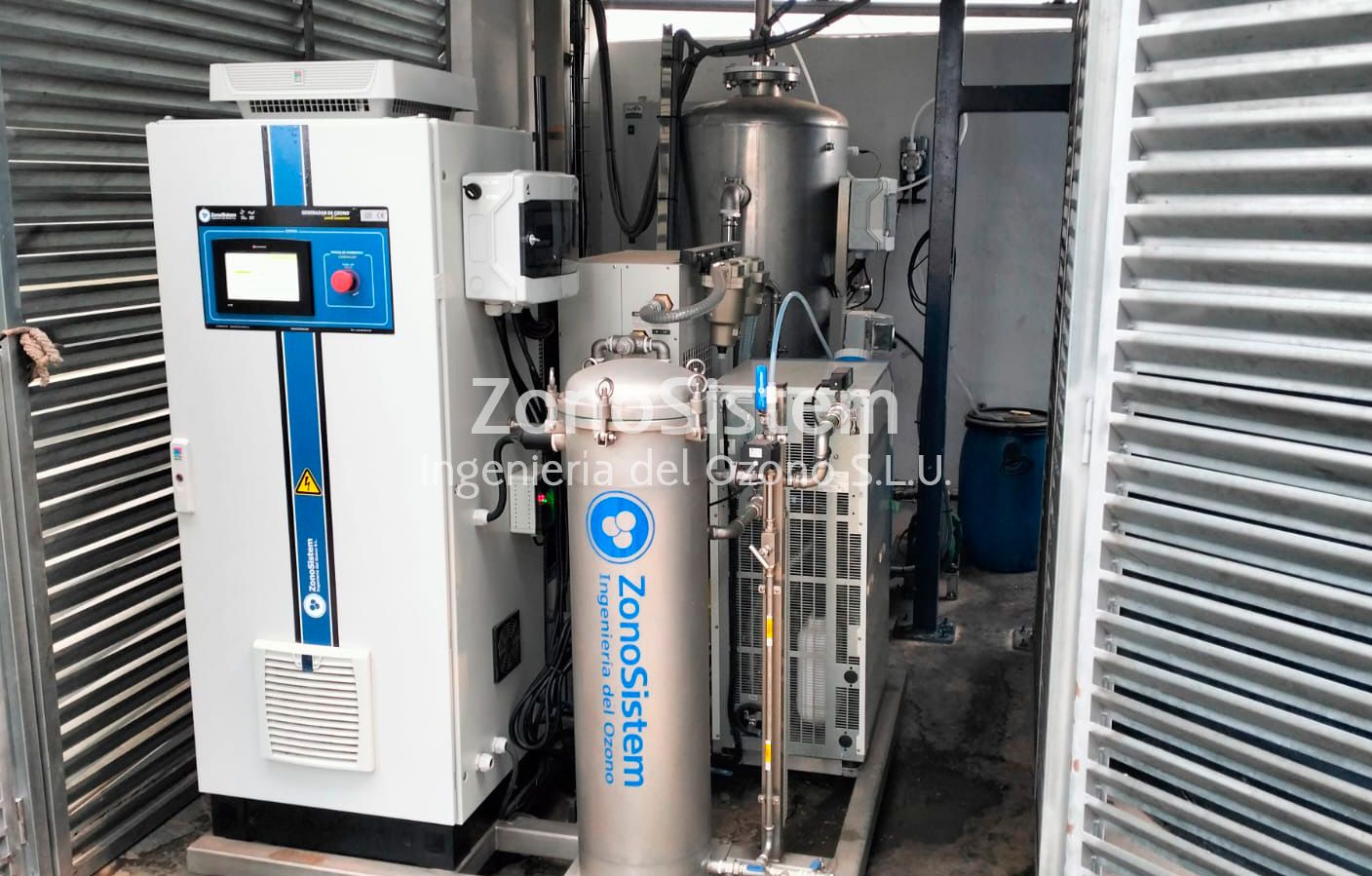
WWTP Pre-oxidation in the Valencian Community.
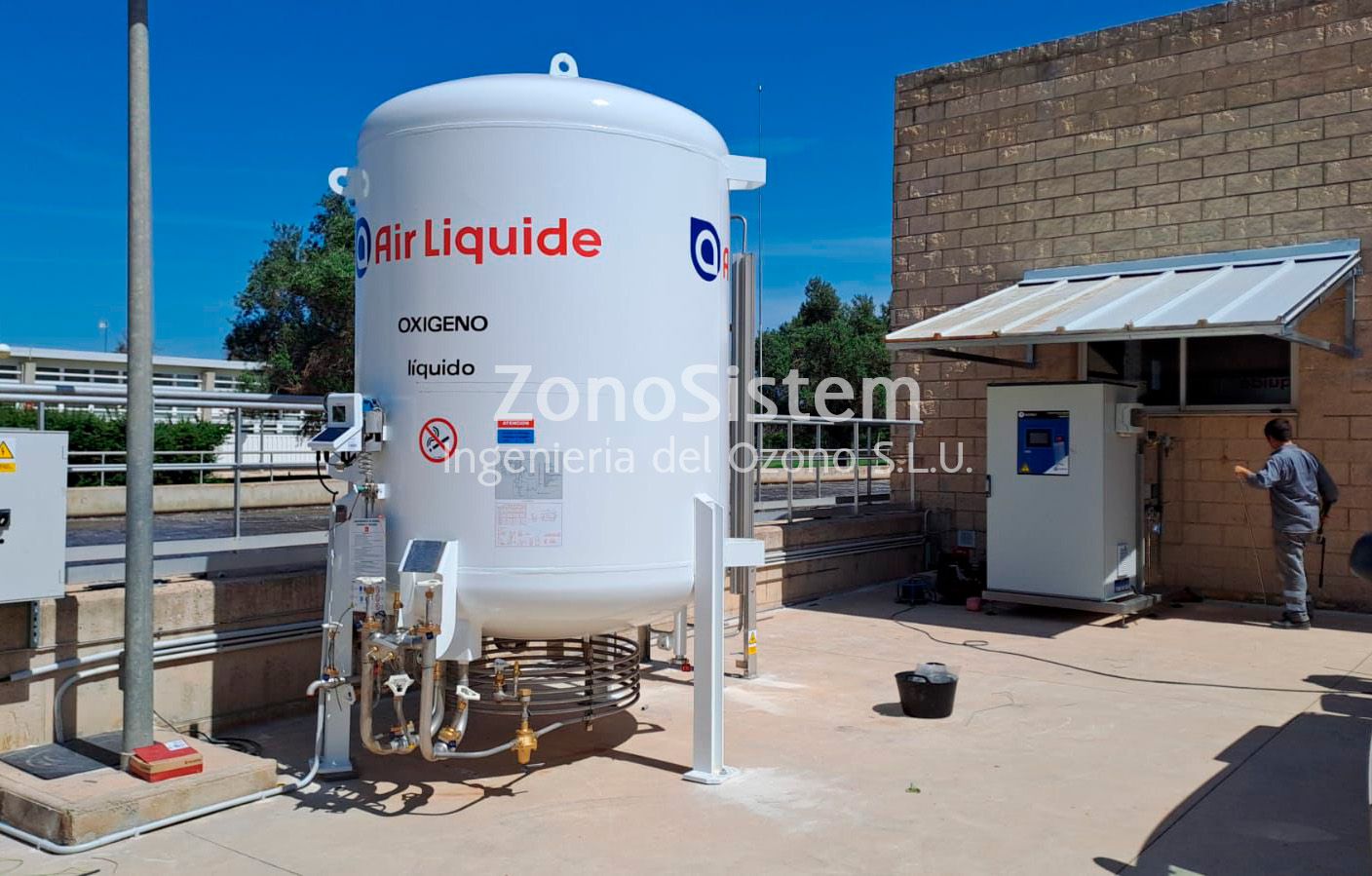
Intermediate Sludge Treatment. Urban WWTP Comunidad Valenciana.

